The subtleties of making pillowcases with a smell
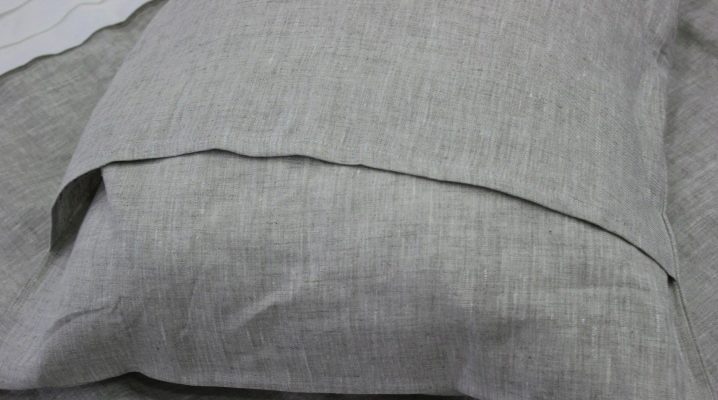
Bed linen is the secret love of almost every woman. The modern textile market offers a variety of bedding options. But sometimes high-quality products are very expensive, and budget ones do not fit either in size or in quality. And then you can solve the problem in a more accessible way: sew it yourself. In particular, this most often applies to pillowcases, as their patterns are simple. This article will tell you how to properly sew a pillowcase with a smell on your own.


What do you need?
Obviously, the first thing you need to do is have a sewing machine. It can represent both a compact modern model and a good old "grandmother" sample.
You will also need:
- threads to match the color of the fabric;
- scissors;
- cloth chalk or a piece of old soap;
- tape measure.

How to choose a material?
It is necessary to choose the fabric carefully, since each material has its own advantages and disadvantages. A silk pillowcase would be a very good option. Such bed linen does not collect dust, mites do not start in it, it is durable and heat-resistant. In winter, it will keep warm for a long time, and in summer it will give off pleasant coolness. Unfortunately, real silk is difficult to obtain and is very expensive.
Another, almost classic, fabric for a pillowcase is coarse calico. This strong, durable and non-capricious cotton fabric has been traditionally used in the manufacture of bedding for many years.
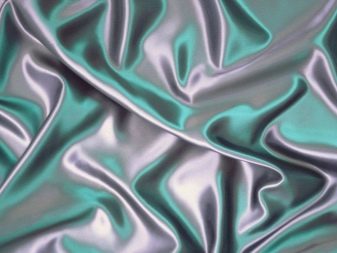

Other suitable options for a pillowcase include chintz and satin. They are also cotton fabrics, which has a beneficial effect on their durability.
Over time, the color of any fabric, especially with a large number of colors, can fade and fade. But more durable in this regard are the aforementioned cotton fabrics.

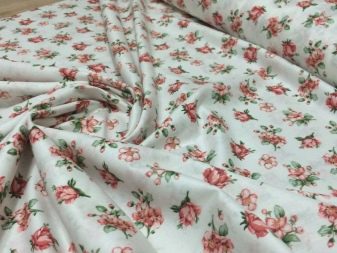
Making a pattern
It would be advisable to make a pattern measuring 50x70 cm, since it is these pillowcases that are now suitable for a larger number of pillows on sale.
First you need to decide on the size of the smell, it should be about 30 cm without taking into account the shrinkage of the fabric, that is, you need to add a few more centimeters.

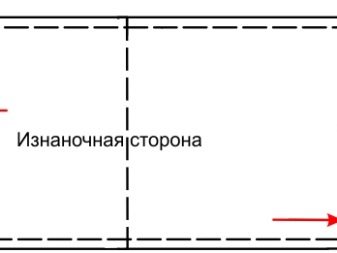
So, the length of the pillowcase should be 70 cm, width - 50, the smell is more than 30 cm. The linen seam should take an additional 1.5 cm, the fold of the fabric takes the same length. If done correctly, you will end up with a large rectangle. To summarize, the width of the pattern should be 73 cm (70 cm + 1.5x2), and the length should be more than 130 cm (50x2 + 30 + 1.5x2).
As a rule, the pattern is drawn on graph paper, but if you have the skills, you can immediately draw it on the fabric. It should look like two identical rectangles connected, and one small one with an adjacent side.
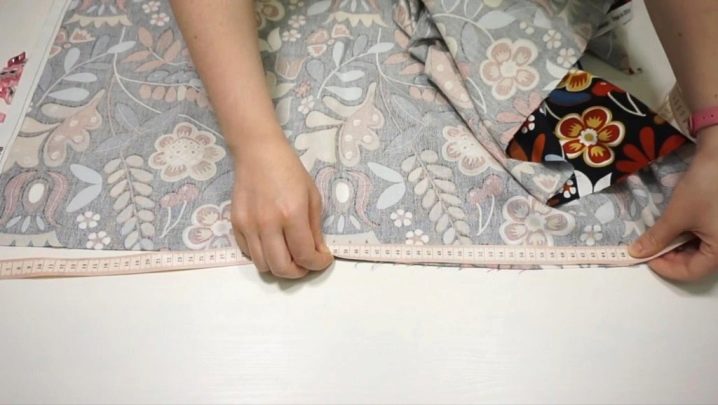
Sewing process
The work itself is not difficult, on the contrary, it is quite simple, and can even inspire other products if you are a beginner. Below is an instruction in which each stage of work is described step by step.
Preparing for cutting
At this stage, you need to prepare the fabric material for subsequent work, and check it for shrinkage. To do this, you need to soak the fabric in hot water and then dry it. This procedure is not required for all fabrics, but only for those made from woolen or synthetic yarns.After the fabric is dry, it is advisable to iron it or stretch it as much as possible on the surface.
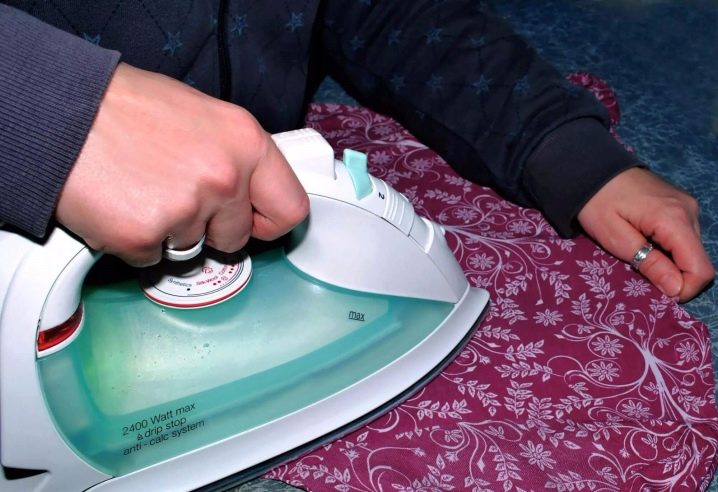
Transferring the pattern to the fabric
To do this, the pattern must be positioned on the inside of the fabric, attaching it with pins or even light stitches. Circle the pattern for the seams. There are two important points here: you need to place the pattern along the shared thread, and in no case transfer the drawing from the very edge of the fabric. For the entire process, cloth chalk is used, sometimes replaced with a piece of old dried soap. After that, you need to cut the fabric along the applied contour.
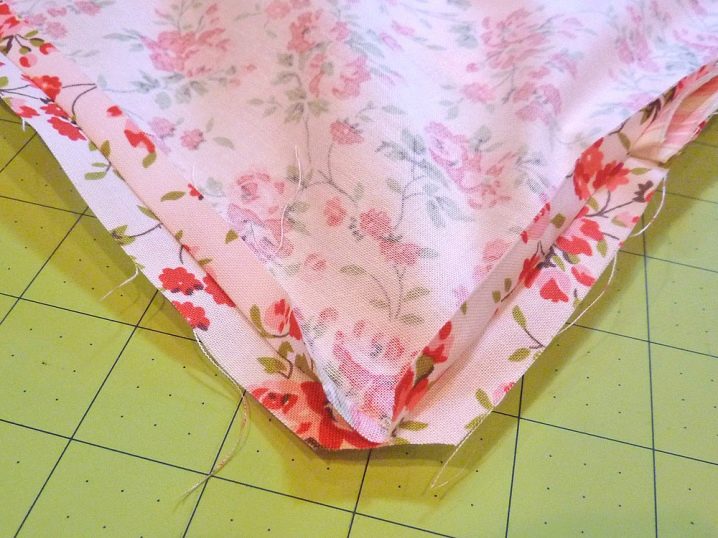
Seams
To do this, bend the two extreme opposite sides of the fabric to the wrong side by half a centimeter and fix it with an iron, then bend it again by 1 centimeter and repeat the action with the iron. Then sew the resulting hem with a sewing machine.
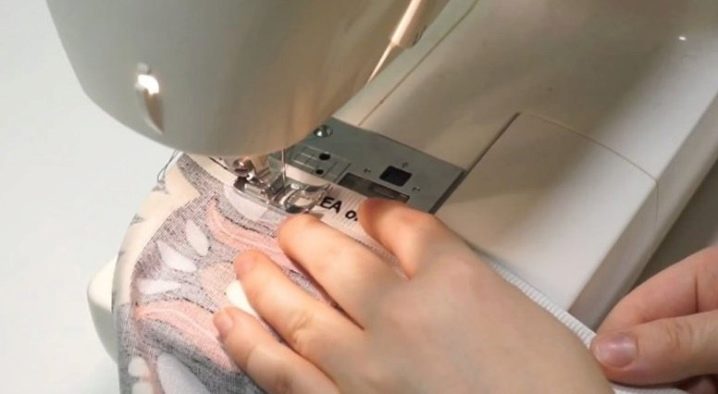
Making a smell
We fold the fabric taking into account the smell that should remain inside along the transferred lines. The right side of the fabric should be on the outside. Further, the seams on the sides are grinded at a distance of a little less than 1 centimeter.

Finishing seams
The resulting pillowcase must be turned out, ironed, and then fastened again with a machine stitching at a distance of 1 centimeter from the edge.

The finished product must be turned out again, washed, dried and ironed, especially at the seams. The pillowcase is ready.
Sewing a pillowcase with your own hands is much easier than it seems at first glance. In addition, after the completion of the work, it will delight you with its budget price, and later with its quality.
How to sew a wrap-around pillowcase without using an overlock is described in the video below.













The comment was sent successfully.